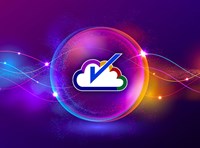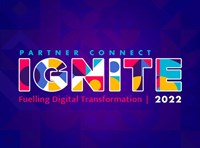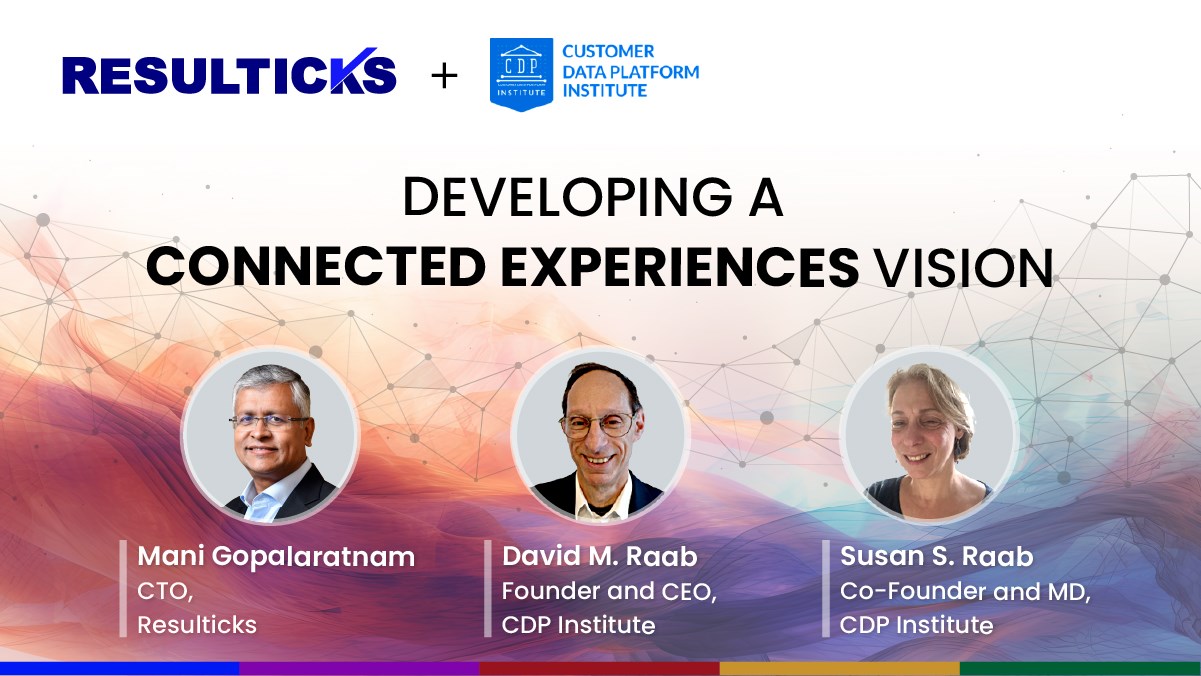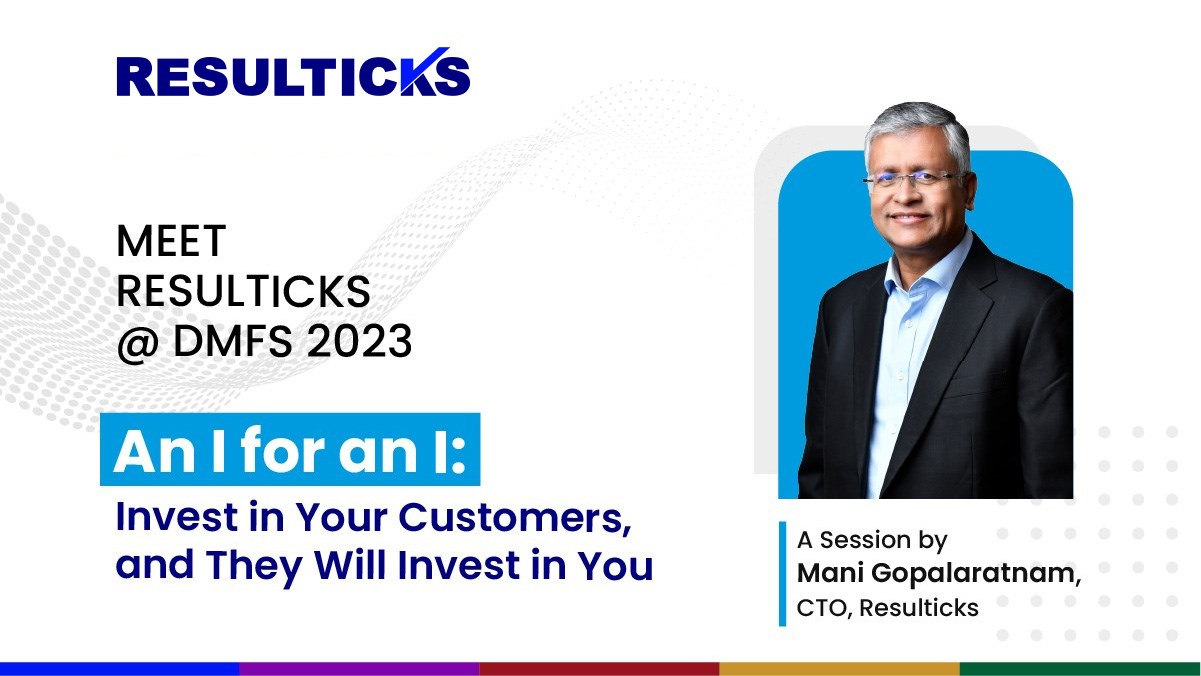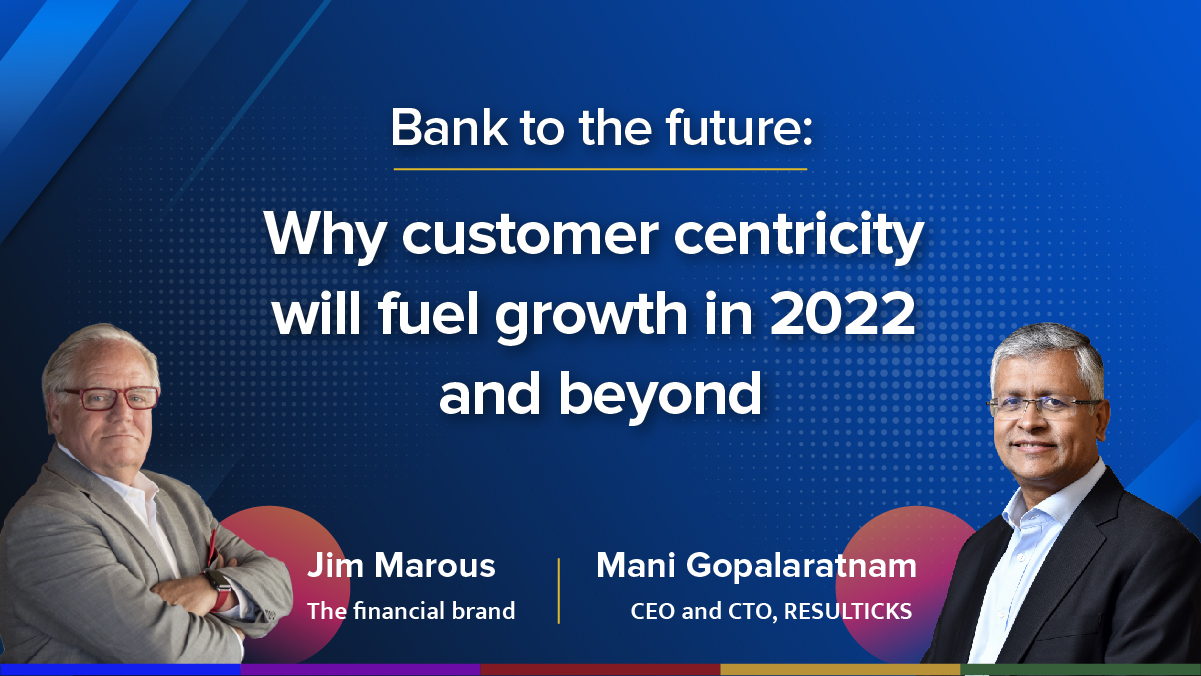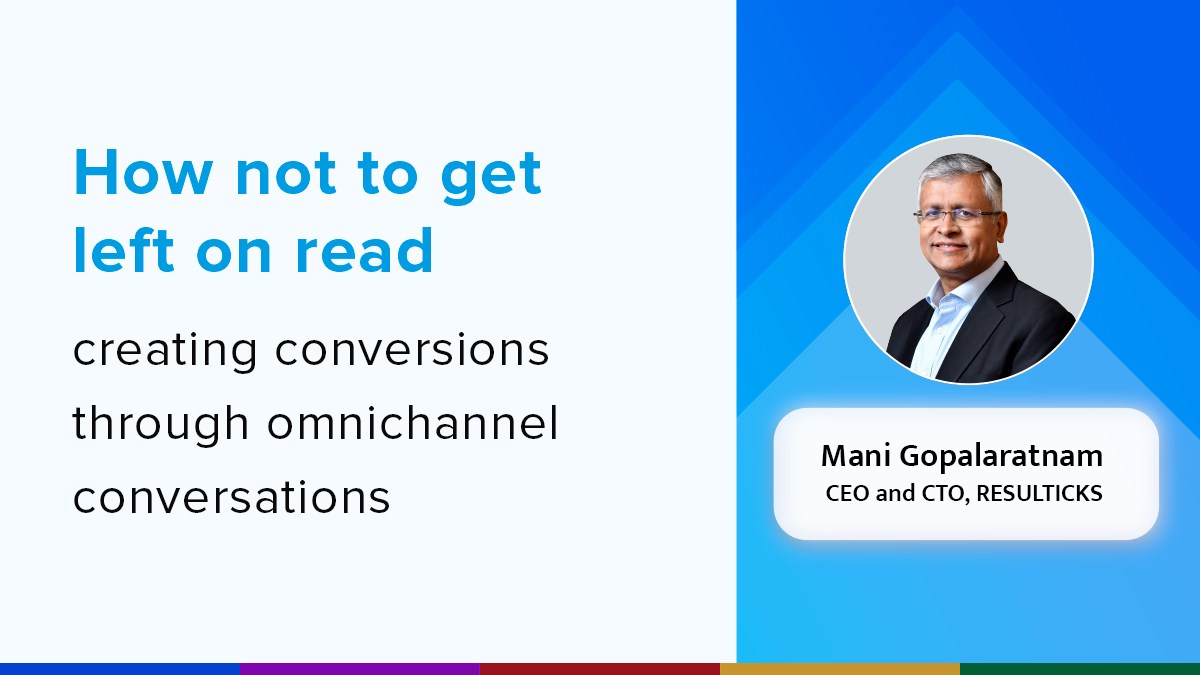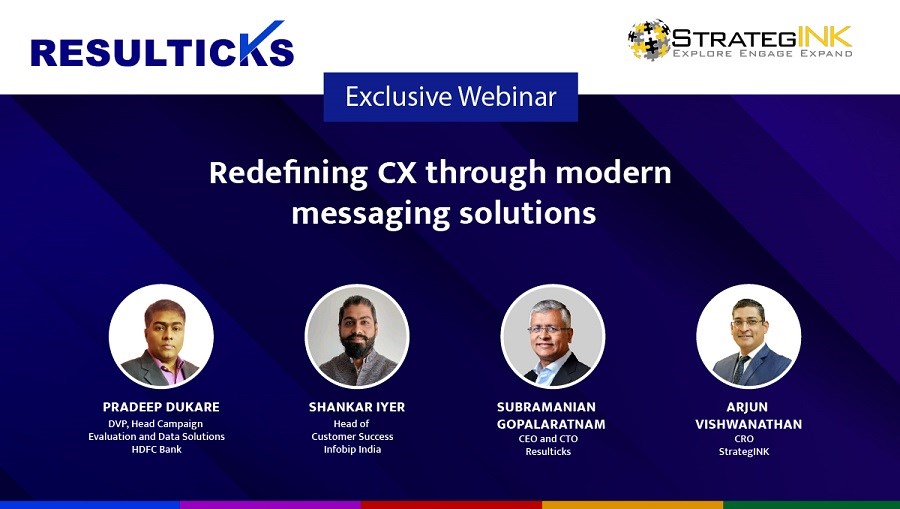Google’s plan to kill third-party cookies in its Chrome browser made the industry rounds, but this was not surprising given similar moves by Firefox and Safari before this news. This does confirm one thing: that the era of free-for-all data grab is coming to an end, rapidly.
However, pundits and trade associations are divided over the impact of this trend. Will it endanger the livelihood of the ad-tech economy? Will it deal a crushing blow to publisher revenues? There are no definite answers, but the industry has long anticipated this development, quietly making plans to mitigate its potential impact. Unfortunately, organizations and ecosystems that have grown to be overly third-party dependent without preparing for change will suffer serious damage.
There’s also the critical question of how audience engagement will evolve in a post-cookies world. Consumers today prefer choice, personalization, and convenience. They demand to be engaged, serviced, and entertained on any channel and at any time they prefer. Once cookies are side-lined, they will be even fussier about what ads and communications they receive from brands. The pressure is on for organizations to rethink what adtech and martech adjustments they must make to deliver relevant, personalized customer experiences without relying on third-party cookies.
So, in what areas will these adjustments occur?
Audience hubs: Less is more proves itself a useful idea once more. Experiments around audience hubs have indicated that previous practice of using huge reams of cookies pools were not effective, nor did they deliver much actual business value. Moreover, the databases that resulted were of low quality, all too often marred by conflicting attributes.
There have, however, been encouraging developments in the harnessing of data for deeper audience intelligence and thus contextual advertising and communications. Niche audience hubs, for example, have brought more robust capabilities for audience profiling. They are a far cry from the past, when the creation of an audience data hub used to be a complex and costly endeavor, involving extensive customization as well as cumbersome governance and data controls.
These niche audience data hubs represent the new crop of affordable solutions that enable fast integration of varied data sources to deliver rich audience insights. They allow users to explore, query, report, visualize, and analyze their data quickly to better target audiences and improve marketing efforts in more effective ways.
These innovations will particularly benefit marketers in their audience acquisition efforts. These new audience hubs make it possible to gather data transparency labels from ad tech vendors to clarify the data they sell. Similar to a nutrition label, the data transparency label details previously hidden details such as:
Where the data originated?, How it was collected?, Whether or not it was manipulated or modeled? What rules determine how the data will be used for audience segmentation? And more With this label, marketers, agencies, data providers, and publishers will all gain a common taxonomy and a clear idea of the data that underlies almost all their efforts.
Customer Data Platform (CDP): To elevate organizations even above audience hubs, some vendors have developed, or further incorporated, Customer Data Platforms (CDP) into their solution offerings. Built to deliver a singular view of the individual omnichannel customer, robust CDPs cover the entire process of:
Data integration, Deduplication, Identity management, Profile augmentation, Persona management, Lead scoring, Segmentation, Predictive, and Prescriptive analytics using AI and machine learning.
Instead of resorting to isolated third-party cookies, the CDP provides a centralized engine for unifying, activating, and improving an organization’s data—regardless of its source or format—in a significantly more efficient and holistic manner. It minimizes the difficulty faced by many organizations of having to harness value from complex data that is often scattered across multiple systems, channels, and even teams. When connected to other key capabilities such as customer journey orchestration and marketing analytics, the CDP will enhance their performances by maintaining a consistent, evolving focus on the individual customer.
Data syndication and marketing blockchain: First-party data is key to truly worthwhile customer experiences. In the absence of cookies, organizations need to include the enrichment and utilization of first-party data as a critical element of their strategy. The growth of data syndication and marketing blockchain present exciting opportunities for advertisers, marketers, and consumers alike to be incentivized for the sharing of their data. They will likely accelerate of ecosystems that are highly conducive to the secure, mutually beneficial sharing of first-party data.
Indeed, we are already seeing the formation of more and more data alliances. Like-minded brands, conglomerates, and publishers are coming together to invest in the building of quality data that drives all of their business growths.
Large conglomerates have already started syndicating data among their group entities, all while implementing rigorous data partitioning to prevent unwanted exposure. Some have started seeking consumers’ consent to have their data utilized across brands to enable more effective cross-/upselling. Consumers themselves also enjoy benefits such as receiving Basic Attention Tokens (BAT) for the ads they have opted in to view and interact with.
Device fingerprinting: One of the better alternatives to cookies, and certainly the most prominent one, is device fingerprinting. Facing increasing restrictions and rejection or deletion by consumers, third-party cookies are not always able to help organizations track their audiences or tailor interactions effectively.
Device fingerprinting in contrast, identifies the device with which the consumer is interacting with the organization. This is far more reliable since people are unlikely to change their devices too frequently, which means the information can be used to identify individual audience member for a relatively long period of time.
In addition, the audience identities that result, generated by appropriate identification engines, will reveal prized insights such as plug-ins used, browser/app behavior, content heat maps, channel/time/content/offer propensities, campaign affinity, and more.
Identity management: There is a huge confusion about management of audience identities. It needs to be understood that while identifiers (e.g., customer number, IMEI number) are merely information that helps the organization recognize an individual, identities can be collections of attributes that constitute what a consumer within in and beyond the digital realm. Organizations need to make sure they have the capabilities to make such a distinction at scale. In addition, they should have streamlined processes allowing consumers to manage and update their profiles as collected by the brand.
“New-age” channels: As organizations get their first- and second-party data in order using new solutions, they can also introduce “new” channels like messaging apps, voice assistants, and chatbots into the customer journey. These channels provide new avenues and dimensions of personalized engagement for consumers who tend to prefer the convenience and personal touch they provide. Compared to their traditional counterparts, such channels tend to deliver better reach, engagement, and conversion rates; they also offer new insights that can be integrated to further improve post-cookies advertising and marketing efforts.
Mobile apps: Many organizations have launched their own mobile apps to provide personalized engagement accessible from the finger tips for a mobile-first generation. Perhaps more importantly, the apps allows the capture of more valuable first-party audience data. The capture of detailed in-app behavioral data, for example, makes it possible to target individual users with highly contextualized notifications that in turn motivate more interactions that reveal deeper audience insights. Of course, this positive cycle hinges on excellent app design and experience that ensure users come back for more.
We have looked at some of the key initiatives that will be shape the way forward for marketing in a world where cookies have crumbled, or at least faded into the background. New innovations will surely emerge. For now, however, organizations that adopt the right capabilities in these areas will have a competitive edge over competition in delivering personalized, outcome-driven experiences that maximize the value of first-party data.





